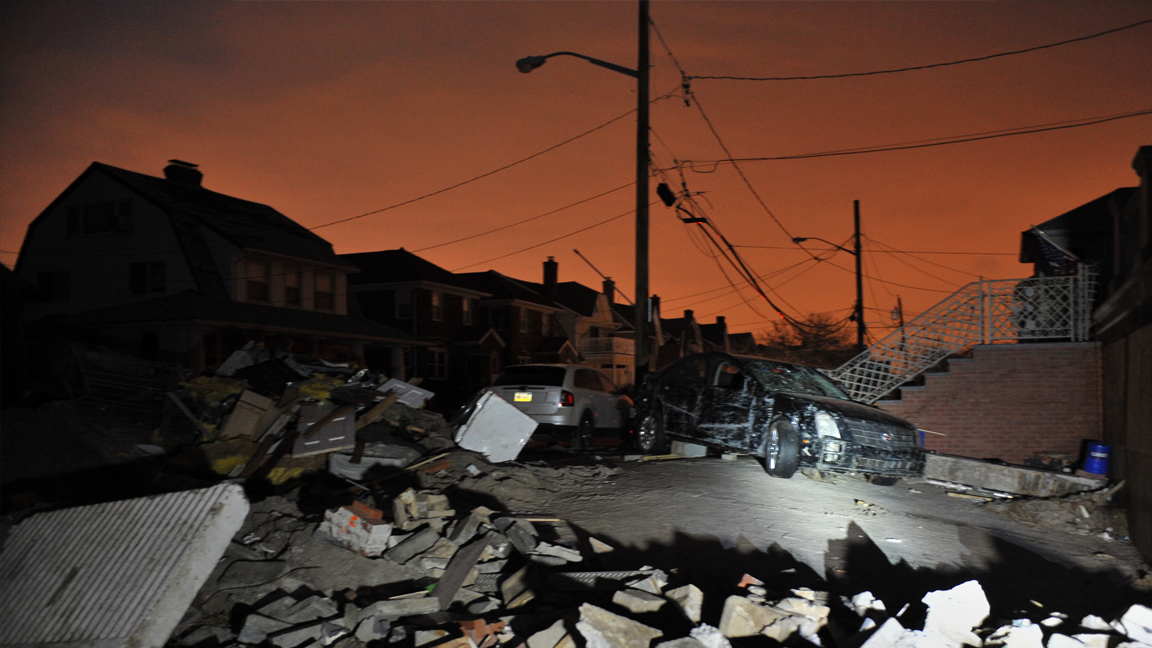Sudden power outages can be frustrating and troublesome, especially when they last a long time.


Sudden power outages can be frustrating and troublesome, especially when they last a long time. If a power outage is 2 hours or less, don’t be concerned about losing your perishable foods. For prolonged power outages, though, there are steps you can take to minimize food loss and to keep all members of your household as comfortable as possible.
Energy Conservation Recommendations
To begin preparing, you should build an emergency kit and make a family emergency plan.
To help preserve your food during a power outage, keep the following supplies in your home
Put together an emergency preparedness kit with these supplies in case of a prolonged or widespread power outage
Electrical Equipment during a Blackout
Caution: Carbon Monoxide Kills
Throw Out Unsafe Food after a Blackout
Hazards & Emergencies